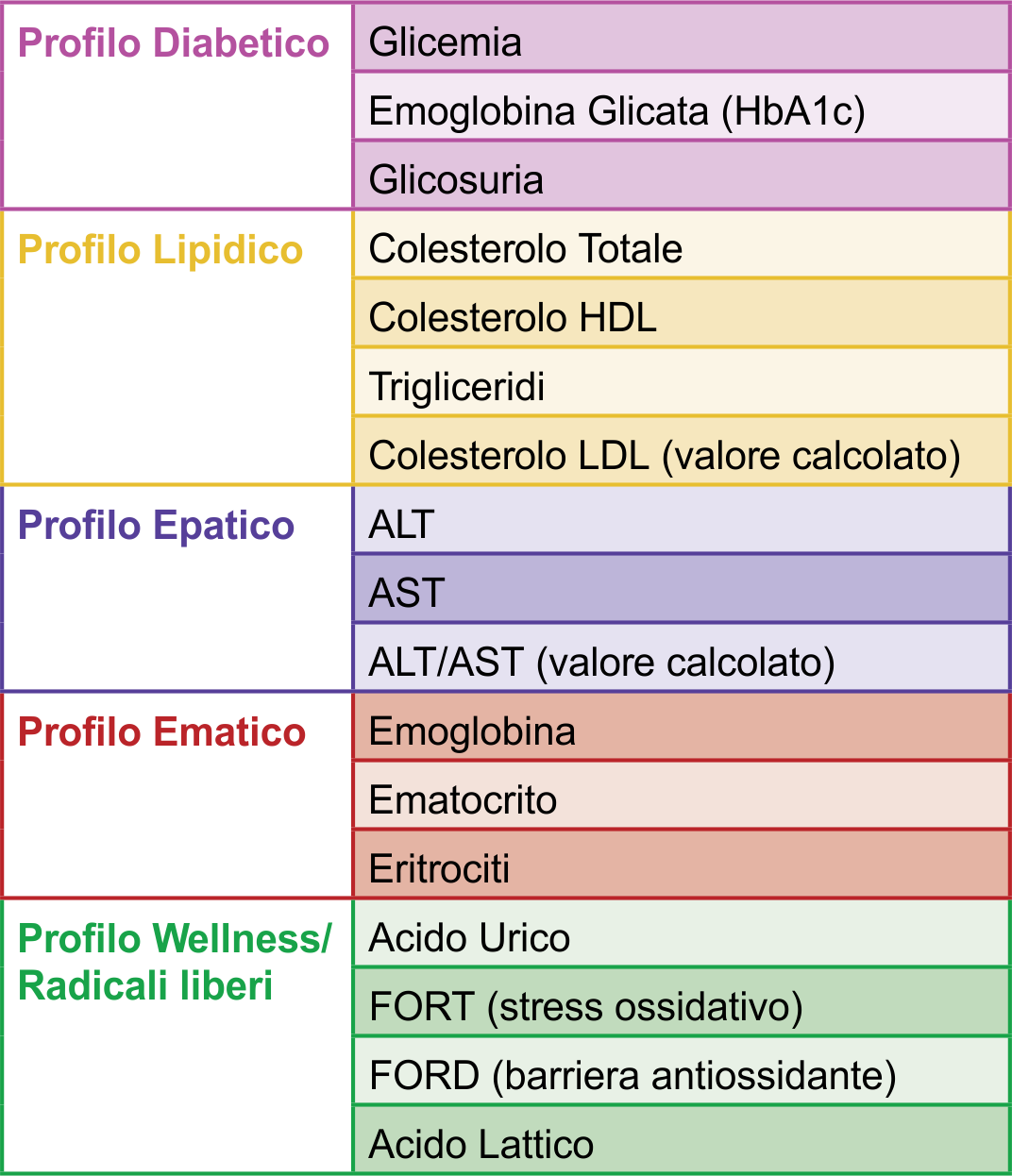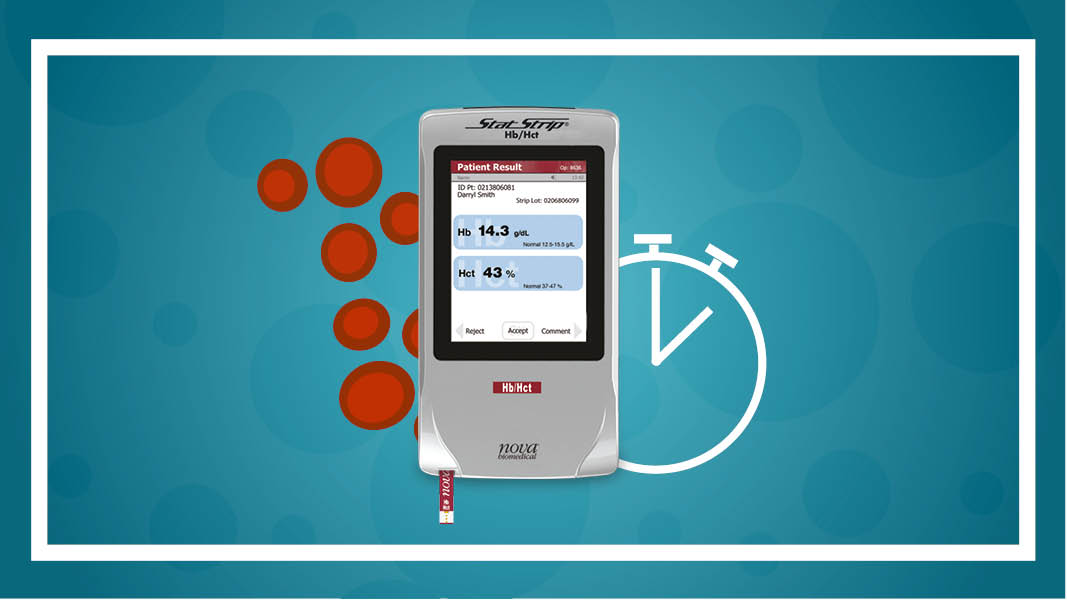

Realizaron un EII combinado con sesiones de baja intensidad durante 20 días. Quince ciclistas hombres con una edad media de 36,18 ± 5,30 años fueron asignados de forma dirigida a tres diferentes grupos: regenerativo-plus (RP, n = 6): entrenamiento interválico intensivo (EII) combinado con sesiones de baja intensidad (50% VO 2max) más la suplementación de antioxidantes regenerativo (R, n = 5): EII combinado con sesiones de baja intensidad al 50% VO 2max control (C, n = 4): descanso. Así, el objetivo de este estudio preliminar fue evaluar la adaptación de un mismo protocolo de entrenamiento de alta intensidad unido a diferentes estrategias de recuperación sobre variables bioquímicas y de rendimiento en ciclistas amateurs. Preliminary data suggest that sodium, potassium, ionized calcium, and pH can be assayed in the aqueous dialysate fluid used for hemodialysis.Ĭonclusions: We confirm previous reports that i-STAT cartridges give simple, rapid, and reliable values for sodium, potassium, chloride, urea, glucose, and hematocrit that are clinically acceptable when performed by nonlaboratorians, but also suggest the same conclusions apply to ionized calcium, pH, and p co 2 The hemodialysis unit may prove to be one of several hospital units where the analyzer has considerable value.Įl entrenamiento regenerativo está siendo de gran interés tanto para entrenadores como para atletas, ya que puede evitar situaciones de sobrecarga o sobreentrenamiento y mejorar el rendimiento. The mean differences between i-STAT and central laboratory values for the above compounds and urea, when expressed as a % of mean central laboratory values were 0.2 and 3.1 % except for an ionized calcium value of 4.3% (for which there is an explanation) and for glucose (11 %) that were both higher for i-STAT. CVs for hematocrit, glucose and pCO 2 for whole blood duplicates were 4.6, 3.5, and 4.0%. Results: Study of both quality control solutions and hemodialysis patients' duplicate blood specimens with 6+, E3+, EC6+, and EC8+ cartridges both gave CVs for sodium, potassium, chloride, pH, and ionized calcium of 0 to 2.2%.

Istat hematocrit portable#
All rights reserved.Objective: To evaluate a hand held portable i-STAT analyzer used for point-of-care testing in a hemodialysis unit.ĭesign and Methods: Imprecision and comparison studies. Even though a low bias might support the use of POC data, further analysis of the bias plots demonstrates pattern changes during the surgical procedure and across the range of Hct/Hgb data.Ĭardiac surgery hematocrit hemodilution hemoglobin point-of-care tests.Ĭopyright © 2016 Elsevier Inc. Important clinical differences and limitations were found among the 3 POC testing devices that should caution clinicians from relying on these data as sole determinants of when or when not to perform transfusion in patients. By contrast, the Radical-7 biases increased during the surgical procedure and in the lower ranges of Hgb. The i-STAT bias changed from overestimation to underestimation, the latter in the post-cardiopulmonary bypass period and at lower Hct/Hgb levels. The GEM 4000 demonstrated a consistent overestimation of laboratory data, which tended to improve after bypass and at lower Hct/Hgb levels. The range of data for the i-STAT and Radical-7 was larger than that with the GEM 4000, and the pattern or slopes changed significantly with the i-STAT and Radical-7, whereas that of the GEM 4000 remained relatively stable. The overall mean bias was lowest with the i-STAT (Hct, 0.22% Hgb 0.05 g/dL) compared with the GEM 4000 (Hct, 2.15% Hgb, 0.63 g/dL) and the Radical-7 (Hgb 1.16 g/dL). Hgb levels ranged from 6.8 to 15.1 g/dL, and Hct levels ranged from 20.1% to 43.8%. POC testing data were compared with that of the reference laboratory device. Data were collected simultaneously before surgery, after heparin administration, after heparin reversal with protamine, and after sternal closure. Hgb and Hct values were measured using 3 POC devices (the Radical-7, i-STAT, and GEM 4000) and a reference laboratory device (UniCel DxH 800).

Twenty-four consecutive elective adult cardiac surgery patients. This study compared 3 POC testing devices-the Radical-7 pulse oximeter (Radical-7, Neuchȃtel, Switzerland), the i-STAT (Abbott Point of Care, Princeton, NJ), and the GEM 4000 (Instrumentation Laboratory, Bedford, MA)-to the hospital reference device, the UniCel DxH 800 (Beckman Coulter, Brea, CA) in cardiac surgery patients. Point-of-care (POC) testing allows rapid assessment of hemoglobin (Hgb) and hematocrit (Hct) values.


 0 kommentar(er)
0 kommentar(er)
